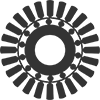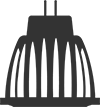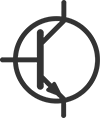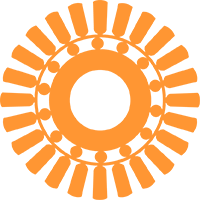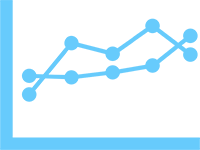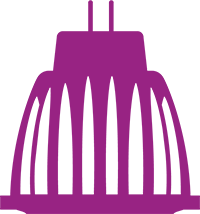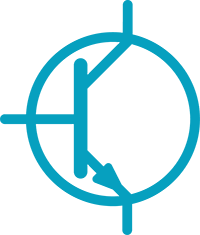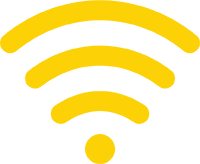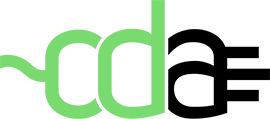In 2015, The Commission Internationale de l’Eclairage (CIE) published a new International Standard (CIE S 025/E:2015) called “Test Method for LED Lamps, LED Luminaires and LED Modules”. This standard was developed to be used by regulators and accreditation bodies around the world to harmonise the testing and accreditation of LED products. The SSL Annex conducted a study of this standard, including looking at the coverage of products, the performance metrics measured, the equipment covered and the requirements for testing.
The SSL Annex is using this international standard as the basis of its upcoming interlaboratory comparison for goniophotometers, to be launched on Friday 30 June.
The new report titled “Application Study of CIE S 025/E:2015” evaluates the international standard for use as a standard by accreditation bodies, government policy makers and other key stakeholders as the basis for measuring important quality and performance aspects of LED lighting products and equipment.
“We are very pleased to have completed this study with input from our technical experts in the SSL Annex,” said Dr. Peter Bennich, chair of the SSL Annex’s Management Committee and representative of the Swedish Energy Agency. Sweden is one of the Annex’s member countries. “As policy makers looking at new and emerging products, it is critical to have robust test methods for measuring performance and putting the right incentives in place for industry to design better quality, more energy-efficient lighting.”
CIE S 025/E:2015 specifies the requirements for measurement of electrical, photometric, and colorimetric quantities of LED lamps, LED modules and LED luminaires, for operation with AC or DC supply voltages, possibly with associated LED control gear. LED light engines are assimilated to LED modules and handled accordingly. Photometric and colorimetric quantities covered in this standard include total luminous flux, luminous efficacy, partial luminous flux, luminous intensity distribution, centre-beam intensity, luminance and luminance distribution, chromaticity coordinates, correlated colour temperature (CCT), colour rendering index (CRI) and angular colour uniformity.
The lighting laboratory measurement instruments that are covered by CIE S 025/E:2015 include: sphere-photometer, sphere-spectroradiometer, goniophotometer, gonio-spectroradiometer and luminance meter. The following lighting laboratory measurement instruments are also accepted for use with CIE S 025/E:2015 as long as equivalent results are demonstrated. In other words, these measurement instruments are acceptable if they are demonstrated to produce results equivalent to those of a conventional integrating sphere system or conventional (i.e., far-field) goniophotometer system: integrating hemisphere, near-field goniophotometer and imaging luminance measurement device (ILMD).
This report is a supporting document to the SSL Annex’s Interlaboratory Comparison 2017 (IC 2017) which will be launched on Friday, 30 June. IC 2017 is going to use CIE S 025/E:2015 as the test method for testing the lamp and luminaires in this interlaboratory comparison. “We decided to use this international standard as the basis of our interlaboratory comparison because it offers us the best method for conducting a proficiency test on the measurement of LED lighting products” said Dr Yoshi Ohno at the US National Institute of Standards and Technology (NIST), lead author of the SSL Annex’s Application Study of CIE S 025/E:2015 and principle investigator of IC 2017. “This IC will build upon our previous work in 2013 and help us to strengthen lighting metrology around the world and identify any measurement problems in the participating laboratories.”
About the IEA 4E SSL Annex:
The SSL Annex was established in 2010 under the framework of the International Energy Agency’s Energy Efficient End-use Equipment (4E) Implementing Agreement to provide advice to its member countries seeking to implement quality assurance programmes for SSL lighting. This international collaboration was originally established by the governments of Australia, Denmark, France, Japan, The Netherlands, the Republic of Korea, Sweden, United Kingdom and the United States of America. Further information on the 4E SSL Annex is available from: https://ssl.iea-4e.org
Press Contacts:
| SSL Annex Questions | SSL Annex Chair |
| Nils Borg Operating Agent Borg & Co. Stockholm, Sweden T: +46 70 585 31 74 E: nils@borgco.se | Dr. Peter Bennich Chairman, SSL Annex Management Committee Swedish Energy Agency Stockholm, Sweden T: +46 16 544 22 78 E: peter.bennich@energimyndigheten.se |























